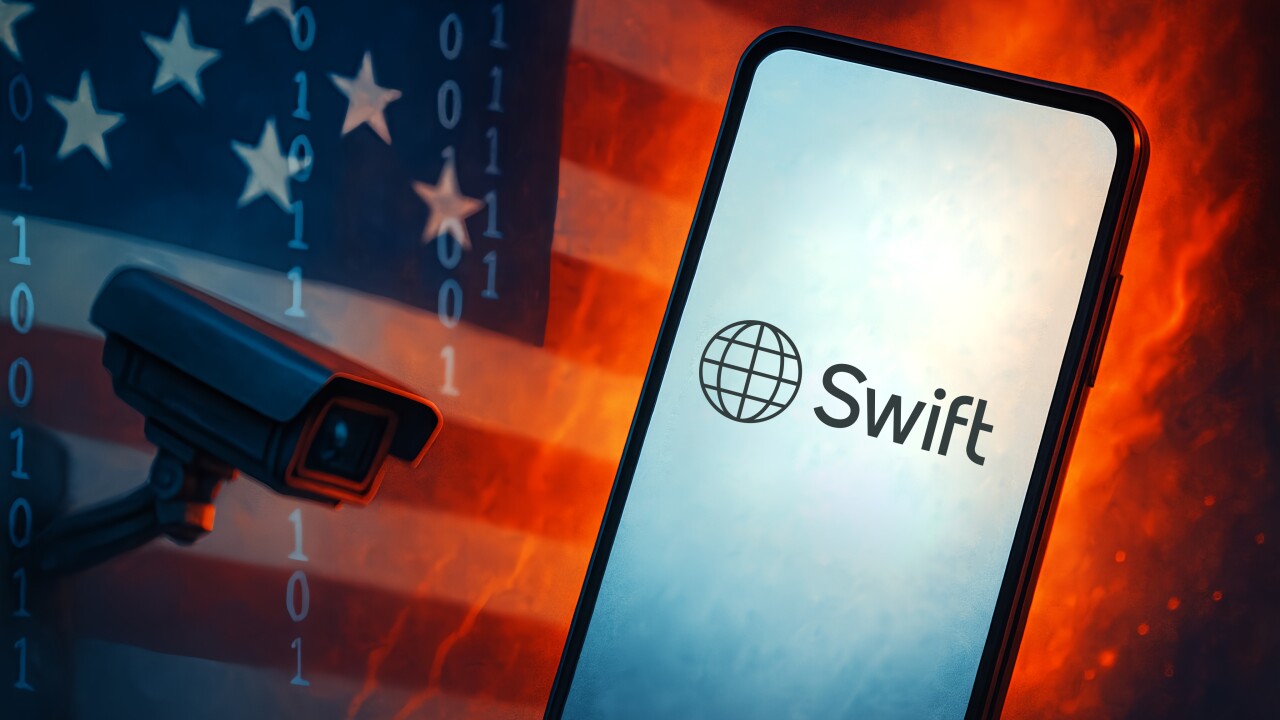Most banks looking to attract younger customers will try to appear hip by rolling out the latest technology, like iPhone applications and online personal financial management.
But Burke & Herbert Bank and Trust Co. in Alexandria, Va., is going with a more low-tech approach: It no longer charges customers for any automated teller machine withdrawals. Since April, the $2.1 billion-asset bank, which has 22 branches in the Washington area, has been waiving fees for customers when they use another bank's ATM and refunding any fees charged by the other bank.
The service is free to all customers, but it was put in place primarily to attract more young people, many of whom consider convenience as important as the latest technology. "We are competing head-to-head with all of the big name players," says Scott McSween, the bank's president and chief operating officer. "In order for us to get some attention from folks looking for a new banking home in the region, we needed to increase our convenience."
The move wasn't born of desperation. Burke & Herbert consistently ranks among the industry's top-performing banks and even posted record earnings in 2008 and 2009—the two worst years for banks in a generation. But if the 158-year-old, family-run bank has a problem it's that the customer base, though loyal and affluent, is aging.
"As we looked at ourselves to figure out what's next for us, it became clear that we needed to ramp up our efforts to go after younger consumers," says McSween, who joined the bank last year after a 12-year career with Chevy Chase Bank.
Since it eliminated ATM fees, the bank has seen an increase in both inquiries and new accounts from young adults, including college students, McSween says. Though he declined to provide specific figures, McSween says volume "is running at five to six times the rate it was before we introduced this." Plus, he adds, "We are seeing very strong average balances per account, strong engagement with the debit card."
Burke & Herbert's program is not completely unique. A number of firms, including USAA and Charles Schwab, offer limited refunds of foreign ATM fees every month. And community banks and credit unions often join regional networks that offer reciprocal no-fee access to each other's ATMs.
"In general those are very well received programs, especially when you are trying to expand your bank's footprint," says Patricia Hewitt, director of the debit advisory service at Mercator Advisory Group in Maynard, Mass. "By making it very easy for consumers to access their account wherever they are, it would certainly incent consumers to stay with a bank."
What's different about Burke & Herbert's program is that there are no limits on the number of withdrawals and it's not linked to any particular network.
It also appears to be one of the few that's specifically aimed at younger consumers.
Not many banks build marketing campaigns around no-fee ATMs as Burke & Herbert is doing, either. The bank has advertised on local radio stations that target the demographic it wants to attract. It has also put ads in the Washington Postand on the sides of D.C.'s ubiquitous Metro buses.
"They have really put the marketing behind it and that is a big thing—it is something you don't always see," says Nicole Sturgill, research director for delivery channels at TowerGroup in Boston.
While a broad advertising campaign has a lot of merit, it is also likely to attract customers that the bank doesn't necessarily want, Sturgill adds. "What they now need to do is ask: Are these the customers we're targeting?" she says.
Eliminating surcharges is not without risk for the bank—a huge jump in ATM use by checking customers could turn profitable relationships into money—losing ones. But McSween says that the bank was careful in its analysis of the program, and doesn't expect the extra fee expense to overshadow the growth in new accounts.
"What is really more important to us is stimulating the new relationships pipeline and positioning ourselves as a real alternative," he says.





